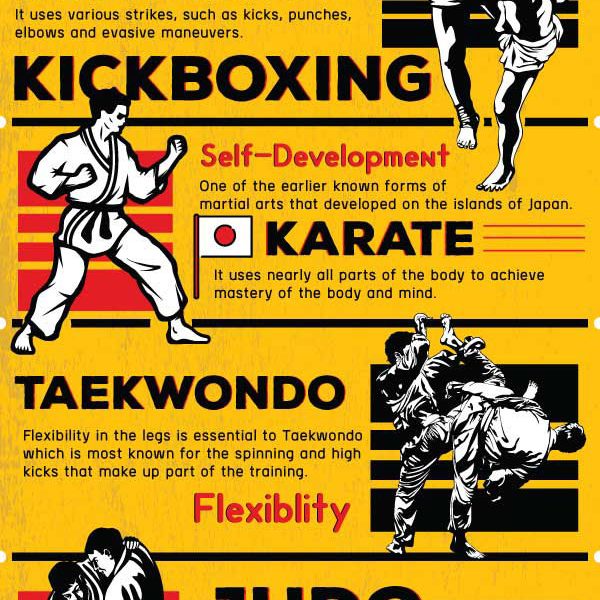Understanding The Essential Distinctions In Between Conventional Martial Arts And Modern Battle Sports
Understanding The Essential Distinctions In Between Conventional Martial Arts And Modern Battle Sports
Blog Article
Produced By-Ware Fink
When you consider martial arts, do you lean more toward the traditional techniques or the modern-day fight sporting activities? Each course supplies distinct benefits and experiences, shaped by their viewpoints and training methods. Traditional martial arts stress personal development and self-control, while modern-day fight sporting activities concentrate on competitors and efficiency. Comprehending these distinctions can direct you in selecting the right method for your trip. But just how do these differences materialize in training and viewpoint?
The Philosophy and Background Behind Standard Martial arts
While lots of people connect martial arts with physical fight, the philosophy and history behind conventional martial arts run much deeper. You'll find that these techniques stress personal growth, discipline, and regard.
Stemming from ancient practices, conventional martial arts were usually developed for Self-Defense and spiritual advancement. They personify concepts such as balance, harmony, and self-control, leading practitioners past plain combating abilities.
As you educate, you'll not only learn techniques yet also obtain insights into the culture and worths that shaped these arts. what age can my child learn martial arts and traditions, often passed down via generations, cultivate a sense of area and belonging.
The Affordable Nature of Modern Combat Sports
Modern battle sporting activities have changed the landscape of martial arts right into an extremely affordable sector, where professional athletes face off in a test of ability, approach, and endurance.
You'll discover that competitions are frequently organized with stringent rules and laws, making sure fair play and safety. These occasions draw in huge audiences, sustaining the excitement and intensity of competitions.
Professional athletes train rigorously, not just for physical prowess but also for psychological strength, understanding that every information counts in the ring. The adrenaline rush throughout competitors is apparent, as boxers push their restrictions to claim success.
Fans appreciate the athleticism and artistry included, making contemporary combat sporting activities a thrilling spectacle that continues to progress and astound enthusiasts all over the world.
Training Methods and Methods: A Relative Analysis
The competitive environment of contemporary battle sporting activities demands innovative training methods that vary substantially from conventional martial arts.
In modern-day training, you'll focus on specific strategies, sparring, and conditioning, commonly using drills that replicate real fight situations. why is martial arts good for kids 'll see an emphasis on quantifiable efficiency and frequent competition to assess your abilities.
In contrast, traditional martial arts prioritize types, katas, and thoughtful trainings, usually stressing self-control and respect over competitors.
martial arts class near me is generally much less extreme and may include repeated method rather than real-time sparring.
While both techniques develop skill and fitness, contemporary combat sports give a more vibrant and adaptable training atmosphere, preparing you for instant difficulties in the ring or cage.
Choose https://sfbayview.com/2012/11/martial-mastery-and-the-african-origins-of-shaolin/ that aligns with your goals and rate of interests.
Final thought
In picking in between typical martial arts and modern combat sports, it truly comes down to what you value many. If you're seeking individual development, technique, and a sense of neighborhood, traditional arts could be your ideal fit. Yet if you thrive on competitors and real-time obstacles, modern-day fight sporting activities could be the way to go. Ultimately, both paths use special benefits, so it's everything about aligning your training with your personal objectives and interests.
